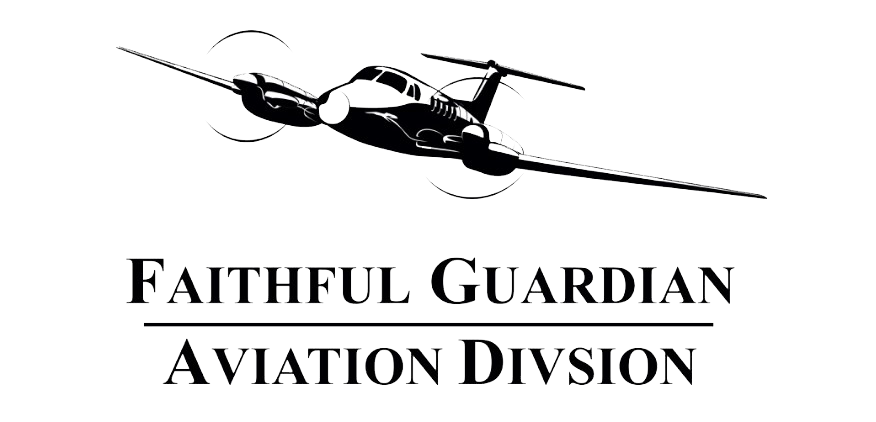- Home
- All Courses
- Commercial Pilot
-
Airplanes and Aerodynamics
-
Lesson 1.1 Flaps
10 min
-
Lesson 1.2 Airplane Wings
10 min
-
Lesson 1.3 Stalls
10 min
-
Lesson 1.4 Spins
10 min
-
Lesson 1.5 Lift and Drag
-
Lesson 1.6 Ground Effect
10 min
-
Lesson 1.7 Airplane Stability
10 min
-
Lesson 1.8 Turns
10 min
-
Lesson 1.9 Load Factor
-
Lesson 1.10 Transonic and Supersonic Flight
10 min
-
Quiz
-
Lesson 1.1 Flaps
-
Airplane, Instruments, Engines and Systems (Lesson 2.1/2.4/2.5 missing)
-
Airports, Air Traffic Control and Airspace (*3.6 no information showed up)
-
Federal Aviation Regulations (*4.2/4.3/4.8/4.9/4.10)
-
Airplane Performance and Weight and Balance (*5.4/5.5/5.6/5.7/5.8)
-
Aeromedical Factors and ADM (*6.3/6.4 No info was shown)
-
Aviation Weather (*7.1-7.9) Did not show up in search.
-
Weather Services (*8.3 is missing a picture/8.4/8.7/8.9)
-
Navigation Charts, Publications, Flight Computers
-
Lesson 9.1 Sectional Charts
-
Lesson 9.2 Chart Supplemental
-
Lesson 9.3 IFR En Route Low Altitude
-
Lesson 9.4 Instrument Approach Charts
10 min
-
Lesson 9.5 Fuel Consumption
-
Lesson 9.6 Wind Direction and Speed
-
Lesson 9.7 Time, Compass Heading, Etc, on Climbs and En Route
-
Lesson 9.8 Time, Compass Heading, Etc, on Descents
-
Lesson 9 Quiz
-
Lesson 9.1 Sectional Charts
-
Navigation Instruments (*10.2-10.4)
-
Flight Operations (*11.8)
Lesson 2.7 Detonation and Preignition
1. Detonation occurs in a reciprocating aircraft engine when the unburned fuel/air charge in the cylinders is subjected to instantaneous combustion.
2. Detonation is usually caused by using a lower-than-specified grade of aviation fuel and too lean a mixture or by excessive engine temperature caused by high-power settings.
3. Preignition is the uncontrolled firing of the fuel/air charge in advance of the normal spark ignition.
